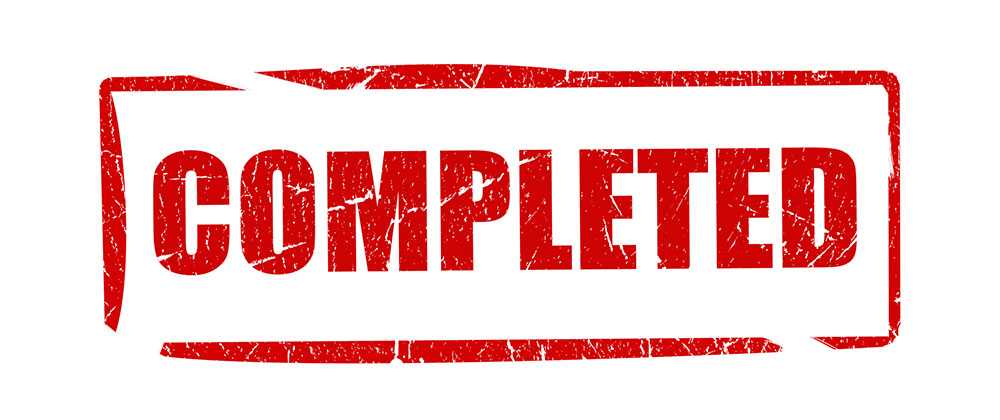Claims arising during the contractor’s ongoing operations may not be covered due to typical CGL exclusions, whereas there may be coverage for claims occurring after project completion where the contractor has completed operations coverage and the work was performed through a subcontractor.
Additional insured (AI) status is another factor to consider. Contractors are routinely required by contract to name owners as additional insureds under their commercial general liability policies. This provides coverage to the owner under the contractor’s policy for third-party claims which arise out of the contractor’s work. The extent to which the additional insured is protected under the policy, including whether the direct, or only vicarious, liability of the additional insured is covered, will be determined by the specific policy language or endorsement and not by the underlying agreement between the insured and additional insured. Failure of the contractor to obtain additional insured coverage for the owner, of a subcontractor to obtain additional insured coverage for the contractor, as required by its agreement may render the contractor or subcontractor, respectively, liable for all damages which could have been covered by the insurance had it been obtained.
Understanding the Florida Duty to Defend Laws
Where an insured owes an indemnity obligation to another party (such as the owner or general contractor) that is the subject of a claim, that party may have coverage as an additional insured. Typically, the owner and contractor are additional insureds under the respective CGL policies of the contractor and subcontractors. Where a blanket endorsement is issued, the additional insured does not need to be specifically identified. Instead, the endorsement automatically grants additional insured status to the person or organization that the named insured is required by contract to add as an insured. As such, each insurer has a duty to defend the owner or contractor where the claims against them “arise out of” the operations of the named insured, or are “caused by” the acts or omissions of the named insured or those acting on its behalf. Careful attention should be paid to the specific endorsement, including the edition date of the endorsement, providing additional insured status. The scope of coverage is defined by the endorsement. Use of limiting words such as “arising out of” or “caused by” will determine the coverage available to the additional insured, including whether there is coverage for the sole negligence, or rather only the vicarious liability, of the additional insured, and whether policy limits may be compromised by the acts of the additional insured.
It is important to keep in mind that there is no relationship between the insurer’s indemnity exposure and its AI obligation, and there is joint and several liability amongst those insurers owing a duty to defend. In such instance, the insured may make demand (a “targeted” or “selected” tender) upon a specific carrier to defend it. With some claims (such as water intrusion), multiple trades may or are alleged to be responsible for the damage. Thus, each of these trades may be called upon to defend and indemnify the contractor, resulting in multiple carriers on the risk which increases the potential settlement contributions at mediation from these carriers, not only for the costs of repairs but also for defenses costs under either a contractual indemnity (CI) or an additional insured (AI) theory.
To learn more about the Florida duty to defend laws, contact Florida construction mediator and lawyer Gary L. Brown at (954) 370-9970 or (954) 448-1133.

